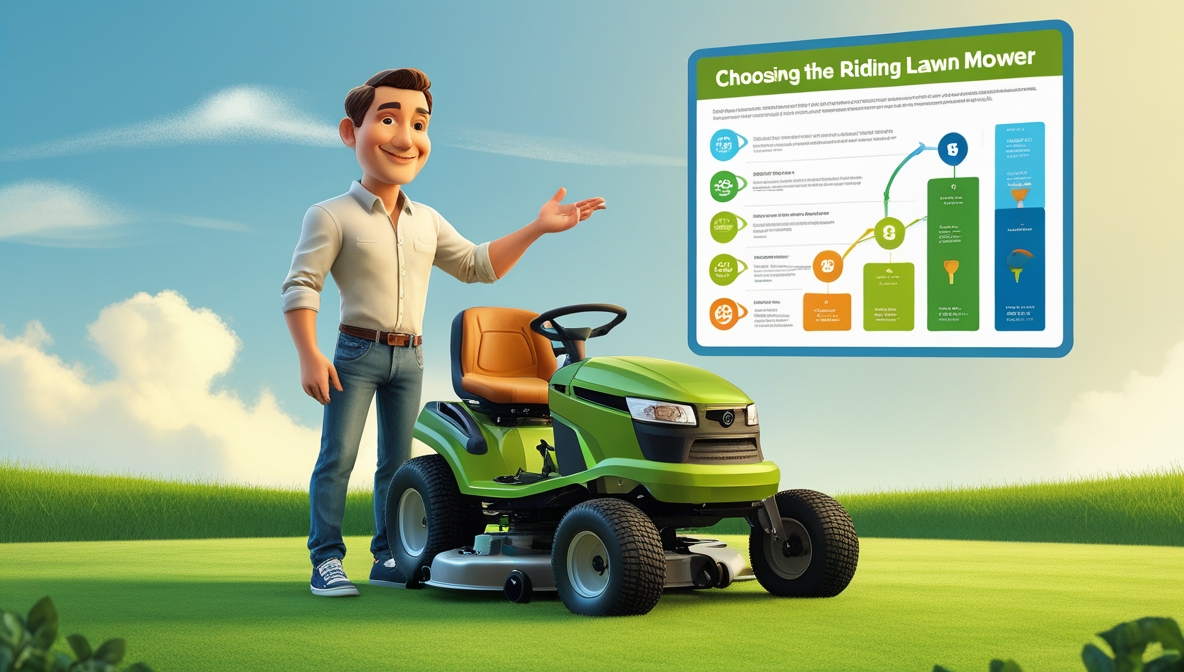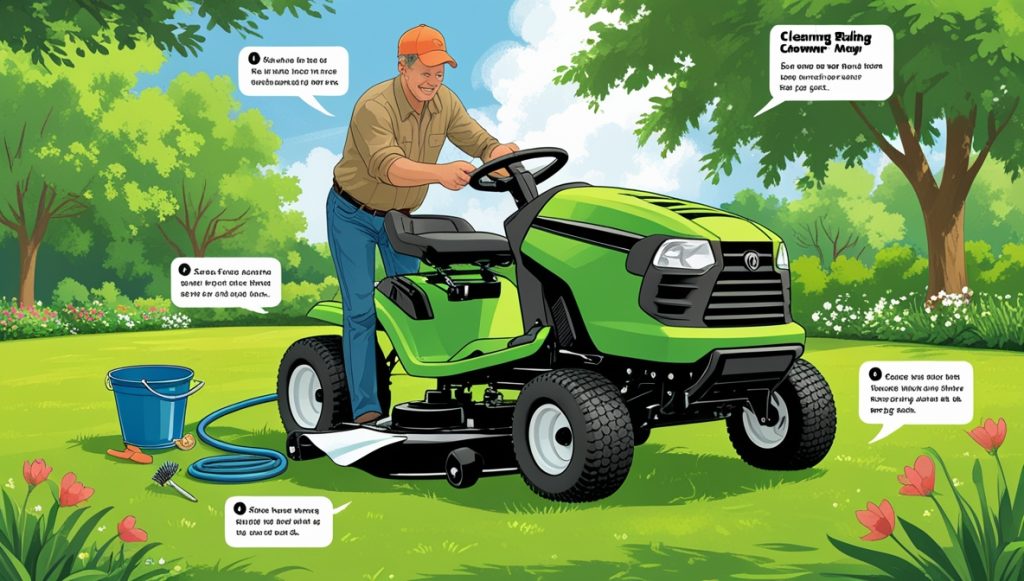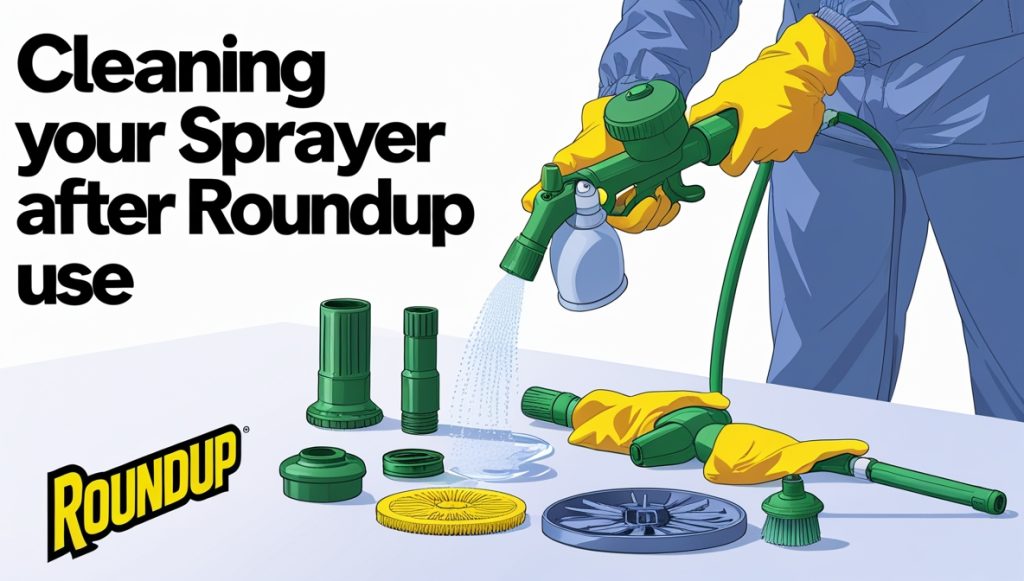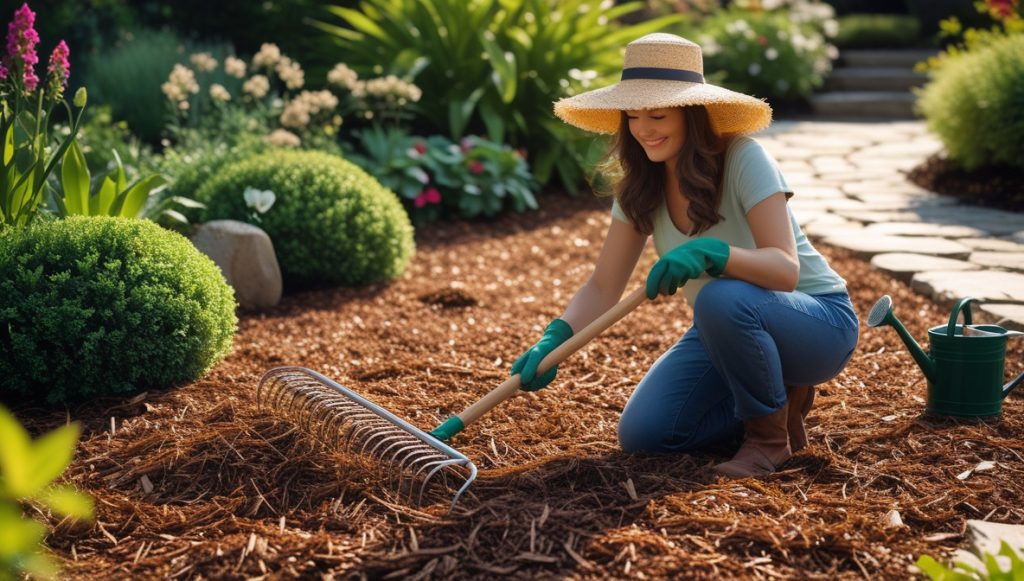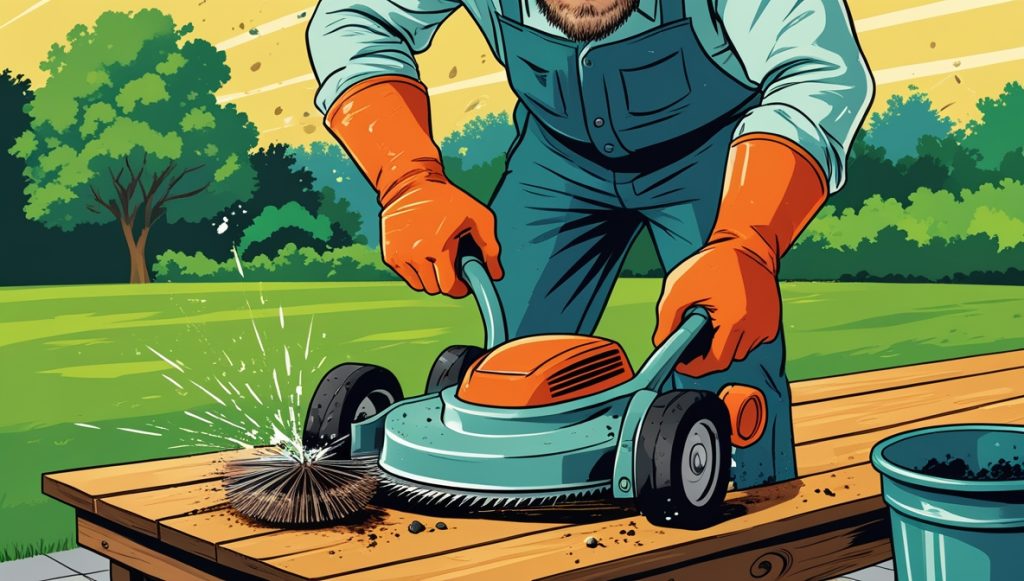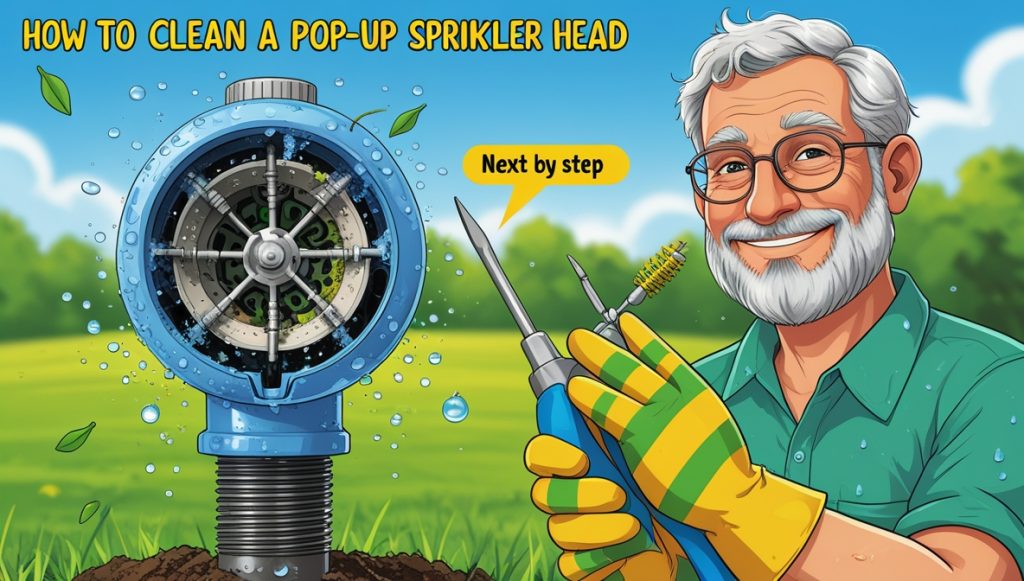Choosing the right riding lawn mower can feel overwhelming, but it doesn’t have to be! This guide breaks down the key factors to consider, helping you find the perfect machine for your needs and budget. Let’s get started on finding your dream {title}!
Contents
- What Size Yard Do You Have?
- Riding or Zero-Turn: Which is Best?
- Gas, Electric, or Hybrid Power?
- Key Features to Consider Carefully
- Blade Size and Cutting Height Matters
- Don’t Forget About the Deck Material
- How Important is Maneuverability?
- Consider Your Budget and Financing
- Maintenance and Repair Expectations
- Read Reviews Before You Buy One
What Size Yard Do You Have?
This is the most crucial question. A tiny suburban lot needs a completely different mower than a sprawling acreage. Measure your yard’s dimensions accurately – consider the total area, but also the shape and any obstacles like trees, flowerbeds, or garden structures. A compact riding mower might suffice for smaller yards, while larger yards demand a more powerful machine with a wider cutting deck.
Next, think about the terrain. Is your yard mostly flat, or are there hills and slopes? Steeper slopes require a mower with excellent traction and stability features. Finally, consider the density of your grass. Thick, overgrown grass will require a more robust engine and a powerful cutting system. Don’t underestimate the impact of your yard’s size and complexity on your mower selection.
Ignoring this step can lead to buying a mower that’s either too small (leaving you frustrated and overworked) or too big (making maneuvering difficult and potentially damaging your yard). Accurate measurement and honest assessment of your yard’s challenges are key to making the right choice.
Riding or Zero-Turn: Which is Best?
Traditional riding mowers offer a straightforward, comfortable mowing experience, ideal for larger yards with relatively simple layouts. They’re easier to learn and generally more affordable. They’re great for those who prioritize comfort and ease of use over speed. However, they’re less maneuverable around obstacles.
Zero-turn mowers, on the other hand, boast incredible maneuverability thanks to their independent rear wheels. They’re perfect for navigating tight corners, obstacles, and complex yard layouts. They’re much faster for larger yards, significantly reducing mowing time. However, they have a steeper learning curve and can be more expensive.
Ultimately, the best choice depends on your yard’s size, complexity, and your personal preferences. Consider spending some time at a dealership testing both types before committing to a purchase. Think about how much time you want to spend mowing and what level of maneuverability is essential for your yard.
Gas, Electric, or Hybrid Power?
Gas-powered mowers are the most common and offer powerful performance, especially for larger yards and thicker grass. They tend to be more readily available and often require less maintenance than electric options. However, they produce emissions and can be noisy.
Electric mowers are environmentally friendly and quiet, making them a great choice for smaller yards and environmentally conscious homeowners. They’re often cheaper to operate (no gas!), but battery life is a limiting factor, and they generally have less power than gas models.
Hybrid models offer a balance, combining the power of gas with the quiet operation and reduced emissions of electric. They’re a premium option but are worth considering if you want the best of both worlds. Consider your priorities and yard size when choosing your power source.
Key Features to Consider Carefully
Consider the mower’s cutting deck width. A wider deck means fewer passes across your lawn, saving you time. Look for features like mulching capabilities, which chop up grass clippings and return them to the lawn as fertilizer. Bagging systems are also useful for collecting leaves or other debris.
Cruise control is a fantastic feature for larger yards, allowing you to maintain a consistent speed without constantly adjusting the throttle. Headlights are essential for mowing in low-light conditions. Cup holders are surprisingly appreciated by many users! Don’t overlook these smaller details that can significantly improve your mowing experience.
Finally, think about comfort features. A comfortable seat, ergonomic controls, and good suspension will make a big difference, especially during longer mowing sessions. Don’t underestimate the value of a comfortable and well-equipped machine.
Blade Size and Cutting Height Matters
The size of the blades directly impacts the mower’s cutting capacity. Larger blades are generally better for thicker grass and wider cutting paths. The cutting height adjustment is equally crucial. Many mowers offer a wide range of cutting heights, allowing you to customize the length of your grass.
Consider the type of blades as well. High-lift blades excel at mulching, while standard blades are suitable for general mowing. Check if the blades are easily replaceable and if replacement blades are readily available. Look for a mower with a simple and intuitive height adjustment mechanism.
Having the right blade size and cutting height ensures a clean, even cut and prevents scalping or leaving uneven patches. A precise cut contributes to a healthier lawn and a more aesthetically pleasing finish.
Don’t Forget About the Deck Material
The deck material significantly impacts the mower’s durability and longevity. Steel decks are the most durable and resistant to damage, but they’re also heavier. Aluminum decks are lighter and less prone to rust, but they can be more susceptible to dents.
Composite decks are a relatively new option offering a balance between durability and weight. Consider the type of terrain you’ll be mowing on. If you frequently encounter rocks or other obstacles, a steel deck might be a better investment.
The deck’s design also matters. Look for features like reinforced edges and a smooth underside to prevent grass build-up. A well-designed deck contributes to a clean cut and reduces clogging.
How Important is Maneuverability?
Maneuverability is crucial, especially in yards with obstacles or tight spaces. Zero-turn mowers excel in this area, but even among traditional riding mowers, there’s a range of maneuverability. Consider the turning radius and the mower’s overall size.
Look for features like tight turning capabilities, responsive steering, and a compact design. A smaller turning radius makes navigating around trees, flowerbeds, and other obstacles much easier. Test drive different models to get a feel for their maneuverability before you buy.
If your yard is particularly complex or has many obstacles, prioritize maneuverability above other factors. A highly maneuverable mower will save you time and effort in the long run.
Consider Your Budget and Financing
Riding lawn mowers range in price from a few hundred dollars to several thousand. Set a realistic budget before you start shopping. Consider the long-term cost of ownership, including fuel, maintenance, and potential repairs.
Explore financing options if needed. Many retailers offer financing plans, allowing you to spread the cost over several months or years. Compare interest rates and terms before committing to any financing agreement.
Don’t let budget be the only deciding factor. While a cheaper option might seem appealing, it may not be the most cost-effective in the long run if it requires frequent repairs or doesn’t last as long.
Maintenance and Repair Expectations
All lawn mowers require regular maintenance. Consider the availability of parts and service for the model you’re considering. Look for mowers with readily available parts and a good reputation for reliability.
Check the warranty offered by the manufacturer. A longer warranty indicates the manufacturer’s confidence in the mower’s quality and durability. Also, consider the ease of performing routine maintenance tasks such as changing the oil, sharpening the blades, and cleaning the deck.
Choosing a reliable mower with readily available parts and a good service network minimizes downtime and keeps your mowing operation running smoothly.
Read Reviews Before You Buy One
Before making a final decision, read online reviews from other users. Websites like Amazon, Home Depot, and specialized lawn care forums offer valuable insights into the real-world performance and reliability of different models.
Pay attention to both positive and negative reviews. Look for recurring themes and common issues mentioned by multiple users. Reviews can help you identify potential problems and make an informed decision.
Don’t rely solely on reviews, but use them as a valuable supplement to your own research and test drives. A combination of research, test drives, and reviews will give you the confidence to choose the best riding lawn mower for your needs.
Choosing a riding lawn mower is a significant investment, but with careful consideration of the factors outlined above, you can find the perfect machine to keep your lawn looking its best. Remember to prioritize your needs, budget, and yard’s characteristics to make the most informed decision. Happy mowing!
